Myanmar's suspected nuclear ambitions will pose a grave threat to region
If Myanmar acquires a nuclear capability, it would be a disaster for South and Southeast Asia. A nuclear Myanmar is not in India, China, or other neighbouring countries' interests. Recent border tensions between Myanmar and Bangladesh are the best example to understand the gravity of the situation.
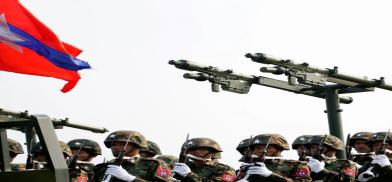
An agreement signed by Myanmar’s military regime and Russia’s state-owned nuclear energy corporation Rosatom to jointly assess building a small reactor in the Southeast Asian country underscores the junta’s long-term covert pursuit of nuclear weapons.
Myo Thein Kyaw, the regime’s minister of science and technology; Thuang Han, minister of electric power; and Alexey Likhachev, chief executive officer at Russia’s State Atomic Energy Corporation, signed the “roadmap for cooperation upon its own citizens” while they attended the Eastern Economic Forum on September 5-8 in Vladivostok. Junta leader Senior Gen. Min Aung Hlaing oversaw the signing of the agreement.
The deal would further Russian-Myanmar cooperation in the field of nuclear energy, and assess the feasibility of a small-scale nuclear reactor project in Myanmar, Rosatom said in a statement issued September 6.
The same day, the junta announced that it would use nuclear energy for electricity generation, scientific research, medicine production, and industry.
There is no doubt Myanmar has a nuclear program. It has sent scientists, technicians, and army officers to Russia for training in recent years. And Moscow has agreed to supply Myanmar, formerly Burma, with a small nuclear reactor for civilian use. The question is, why is the world silent in this regard? Why did ASEAN not raise its concerns?
Clandestine nuclear program
Myanmar’s nuclear ambitions, spotlighted by last month’s announcement that Russia has agreed to help the regime build a nuclear research facility, date back at least seven years. In December 1995, the junta signed the Bangkok Treaty, banning the development, manufacture, possession, control, stationing, transport, testing, or use of nuclear weapons under the terms of the international Nuclear Non-Proliferation Treaty.
Five years later, after a visit to Moscow by then minister for science and technology, U Thaung, the junta’s nuclear plans became clearer. The junta’s recent confirmation that it will build a small-scale nuclear power plant in the next few years caps Myanmar’s long pursuit of nuclear technology dating back to early 2000.
The country’s two-decade-long journey to nuclear capability has been made possible by Russia after a series of engagements that accelerated under the current junta and its military predecessor.
Though the current regime insists nuclear energy would be used for peaceful purposes in Myanmar, which has been hit by chronic electricity shortages, many believe this is the first step in a plan to utilize nuclear energy for military purposes including the production of nuclear weapons.
Deal with Russia
In 2009, it was reported that Myanmar was suspected of having initiated a nuclear weapons program. If such a program does exist, Myanmar’s technical and financial limitations may make it difficult for the program to succeed. The United States expressed concern in 2011 about potential violations of the Treaty on the Non-Proliferation of Nuclear Weapons (NPT), though by 2012 these concerns had been “partially allayed.”
In 2007, Russia and Myanmar did a controversial nuclear research centre deal. According to them, “The centre will comprise a 10MW light-water reactor working on 20%-enriched uranium-235, an activation analysis laboratory, a medical isotope production laboratory, silicon doping system, nuclear waste treatment, and burial facilities”.
According to an August 2009 report published in the Sydney Morning Herald, Myanmar had been working to develop a nuclear weapon by 2014. The reported effort, purportedly being undertaken with assistance from North Korea, involves the construction of a nuclear reactor and plutonium extraction facilities in caves tunnelled into a mountain at Naung Laing, a village in the Mandalay division. The information cited in the newspaper story reportedly originated from two high-ranking defectors who had settled in Australia.
On June 3, 2010, a five-year investigation by an anti-government Myanmar broadcaster, the Democratic Voice of Burma (DVB), found evidence that shows the country’s military regime began a programme to develop nuclear weapons. The DVB said evidence of Myanmar’s nuclear programme came from top-secret documents smuggled out of the country over several years, including hundreds of files and other evidence provided by Sai Thein Win, a former major in the Myanmar military. A UN report said there was evidence that North Korea had been exporting nuclear technology to Myanmar, Iran, and Syria. Now, Russia supports Myanmar’s nuclear program openly.
Disaster for region
Based on Win’s evidence, Robert Kelley, a former weapons inspector, said he believed Myanmar “has the intent to go nuclear and it is… expending huge resources along the way.”
If Myanmar acquires a nuclear capability, it would be a disaster for South and Southeast Asia. A nuclear Myanmar is not in India, China, or other neighbouring countries' interests. Recent border tensions between Myanmarand Bangladesh are the best example to understand the gravity of the situation.
The Bangladesh foreign ministry summoned Myanmar's ambassador Aung Kyaw Moe on September 18, 2022 for the fourth time to protest continuous violations of Bangladesh's air and land space in recent weeks. Myanmar has been embroiled in a civil conflict since mid-August, and throughout this time, shells have fallen on the Bangladesh side. On September 16, a mortar bomb launched from Myanmar exploded in a Rohingya refugee camp, killing one 18-year-old and injuring five others. On September 3, military aircraft from Myanmar conducted coordinated shooting attacks from fighter jets and helicopters while in Bangladeshi airspace, putting the Border Guard Bangladesh (BGB) on notice.
More than 700,000 Rohingyas have already fled this cruelty and sought refuge in Bangladesh. Thousands of Rohingyas have previously travelled from Myanmar to Bangladesh at various points in time and 1.25 million Rohingyas are currently listed as living in Bangladesh's numerous refugee camps.
Contrary to SEANWFZ
Myanmar signed the Treaty on the Prohibition of Nuclear Weapons on September 26, 2018, but has not ratified it. On 15 December 1995, ASEAN Member States signed the Treaty of Southeast Asia Nuclear-Weapon-Free Zone (SEANWFZ) as a commitment to preserve the Southeast Asian region as a region free of nuclear and other weapons of mass destruction. The Treaty is also known as the Bangkok Treaty. Through this treaty, ASEAN reaffirms the importance of the Treaty on the Non-Proliferation of Nuclear Weapons (NPT) in preventing the proliferation of nuclear weapons and in contributing towards international peace and security.
It also marks the establishment of a Nuclear-Weapon-Free Zone (NWFZ) in Southeast Asia – one among five NWFZs in the world. The other four NWFZs are in Latin America and the Caribbean, South Pacific, Africa, and Central Asia.
Myanmar’s attitude is contradictory to the Protocol to the SEANWFZ Treaty. The West should join with regional countries and ASEAN to pressure Myanmar to give up its nuclear ambitions. They must take action like in the Iran case, Otherwise, the world is going to see another nuclear threat in the Southeast Asian region.
Instead of developing nuclear weapons, the world must compel Myanmar to focus on bringing back democracy and resolving problems like HIV AIDS, human trafficking, rape, drug abuse, child soldiers, forced labour, ethnic crisis, refugee issues, and rampant corruption.
(The author is a Gauhati University, India, based researcher. Views are personal. She can be contacted at drhazarikaarpita81@gmail.com)




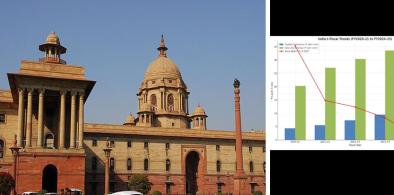

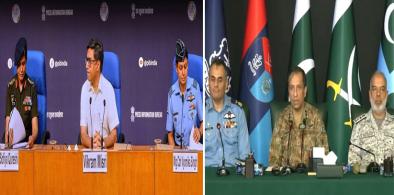
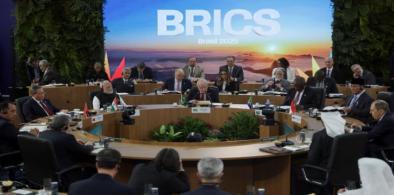
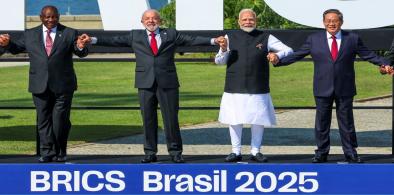


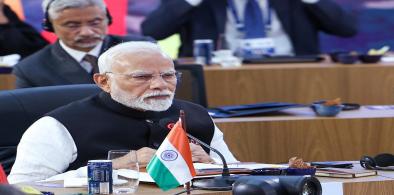

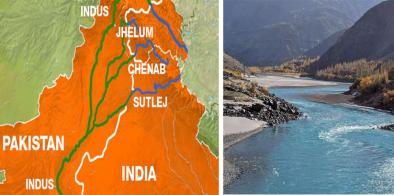






Post a Comment